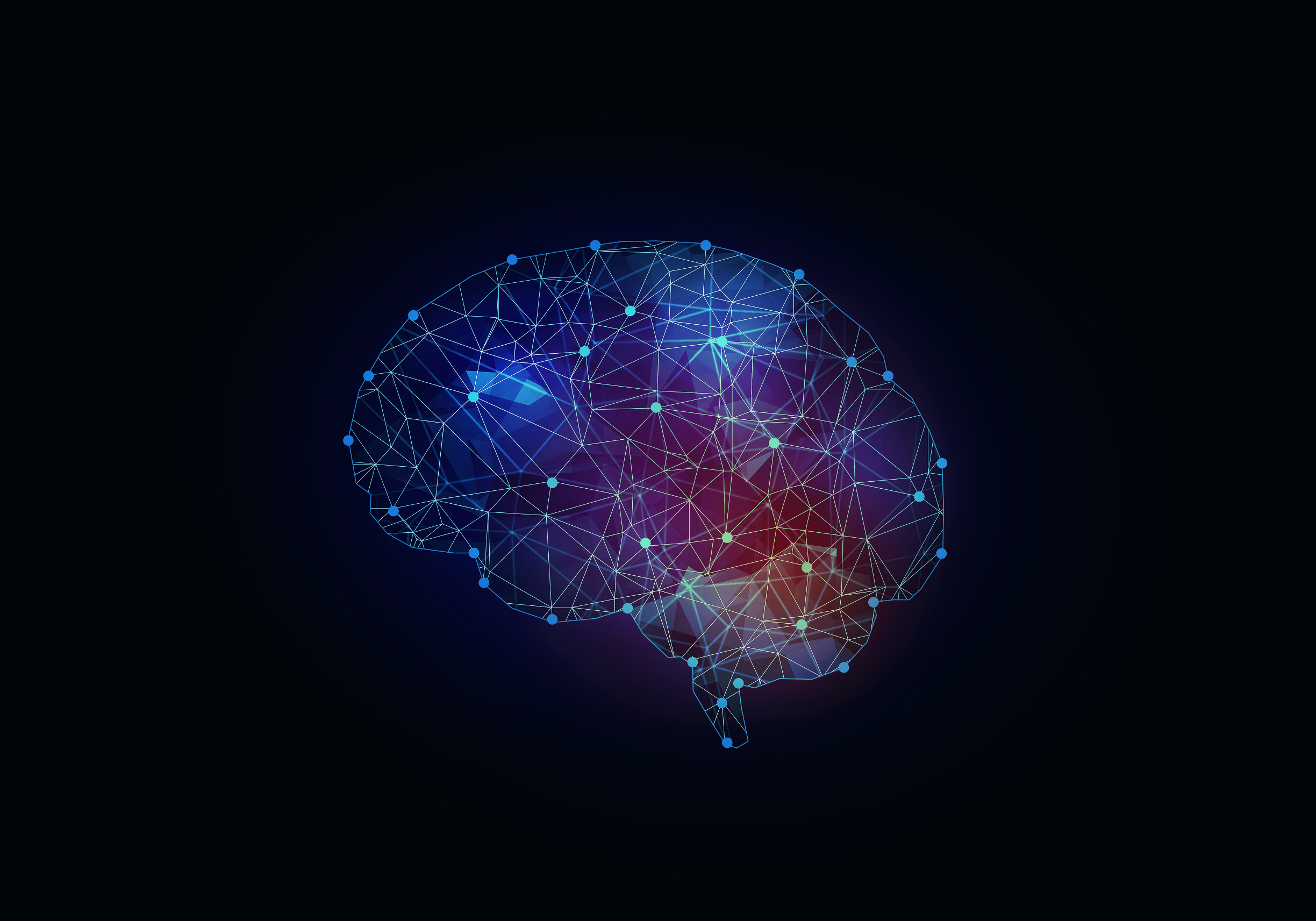Google researchers revealed a wonderfully precise map of a portion of the human brain, marking a significant step forward in neuroscience. This astonishing feat, published in the journal Science and available online, provides unique insights into the complex architecture of brain cells, revealing previously undiscovered properties.
A peek at the intricate world of neurons
The precisely produced 3D atlas, which covers a small volume of one cubic millimeter, contains around 57,000 cells and an incredible 150 million synapses. Viren Jain, a neuroscientist at Google and a co-author of the paper, views the project as “a little bit humbling,” recognizing the human brain‘s tremendous complexity.
From surgery to synapses: a trek through brain mapping
The brain tissue used in this study was acquired from a 45-year-old woman having epilepsy surgery. The sample was extracted from the cortex and meticulously prepared, including extensive heavy metal staining for increased visibility. Jeff Lichtman’s team at Harvard University methodically sliced the material into 5,000 ultra-thin slices, each 34 nanometers thick, and imaged them using electron microscopes.
The marriage of technology and neuroscience
Google scientists used state-of-the-art artificial intelligence to fuse microscopic photos, reconstructing the complete sample in 3D. Jain describes the remarkable experience of seeing individual synapses within the enormous expanse of brain tissue as “sort of spiritual.”
Introducing novel neural configurations
The comprehensive model revealed various novel neural forms, including neurons that generate up to 50 connections with one another. Jain highlights the discovery of neurons with complicated tendrils that form knots, a phenomenon hitherto unknown in neuroscience.
The road ahead: collaborative exploration
While the map is a great accomplishment, most of it needs manual verification. Jain emphasizes the significance of community participation in proofreading sections of the map to ensure correctness. Plans are underway to expand this mapping approach to other brain samples—however, mapping the entire brain remains a daunting task.
Empowering neuroscience with data accessibility
Hongkui Zeng of the Allen Institute for Brain Science applauds the project, underlining the revolutionary power of freely available data. This plethora of data will allow researchers to probe deeper into the microcircuitry of the human cortex, opening up new possibilities for understanding brain function.
Illuminating pathways for therapeutic innovation
Yongsoo Kim from Pennsylvania State University emphasizes the importance of this unparalleled degree of detail in understanding the inner workings of the human brain. Researchers hope that by uncovering the intricate brain connections, they will acquire valuable insights into treating mental and neurodegenerative illnesses.












